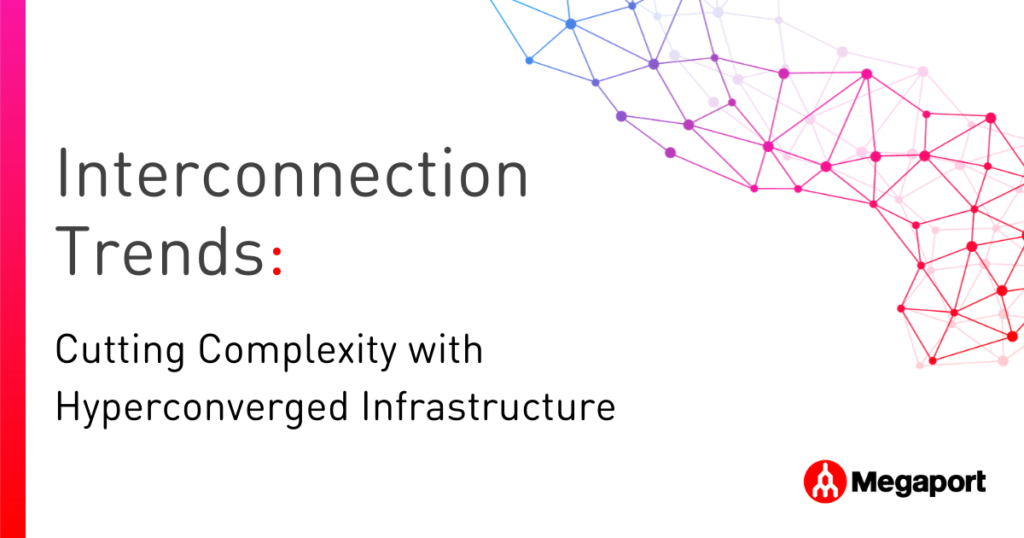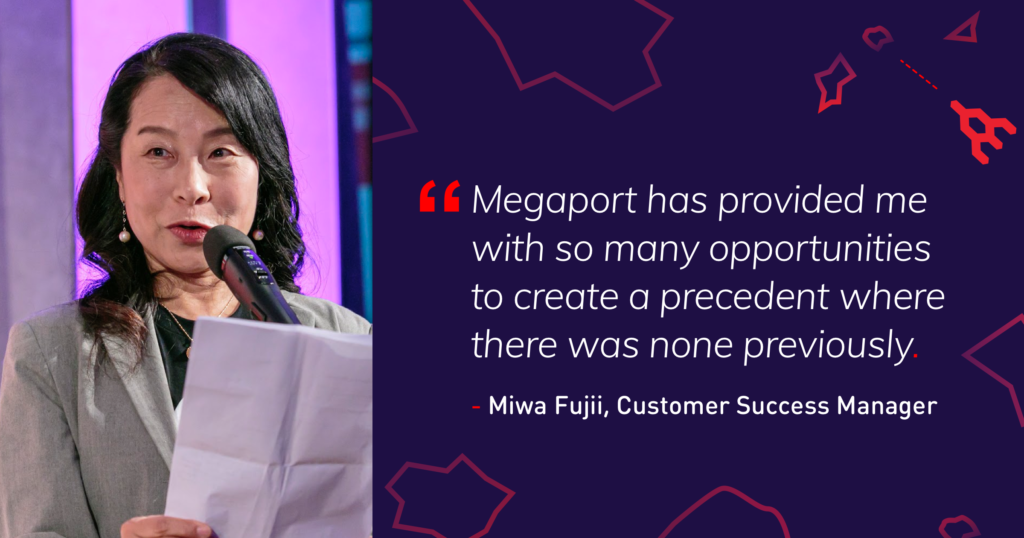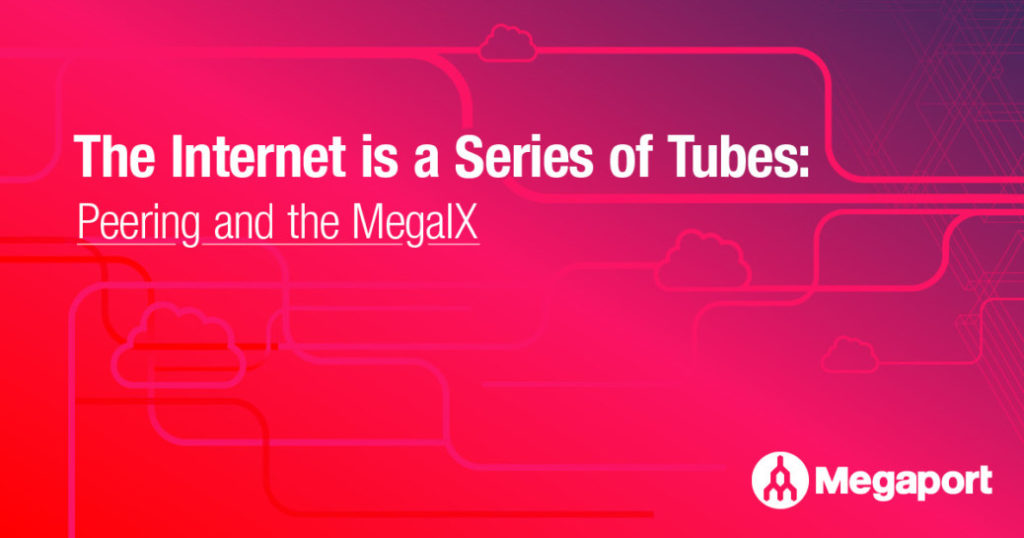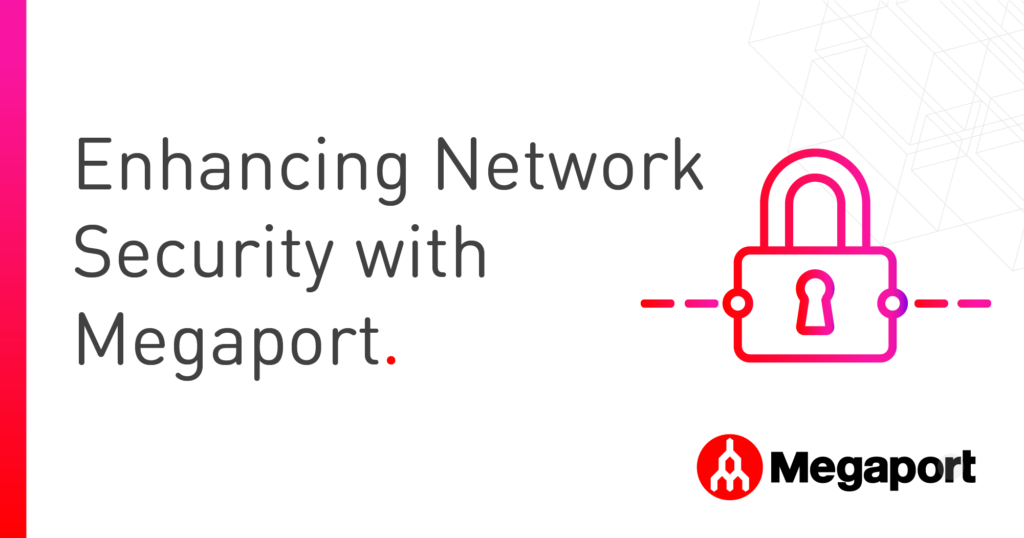
Interconnection Trends: Cutting Complexity with Hyperconverged Infrastructure
- December 2, 2019
20% of currently-deployed, business-critical applications will shift to hyperconverged infrastructure within a year, cutting management complexity as the technology moves into the mainstream.
With hybrid and multicloud environments representing the future of all IT infrastructures, there’s a risk that leaders will find themselves saddled with a level of complexity beyond the on-premises tech they were trying to escape from.
As soon as you introduce multiple discrete components to your environment – cloud solutions from multiple vendors, on-premises data centres, public cloud services – you can inadvertently introduce management challenges. Everything will have different requirements, update cycles, permissions, and so on.
With all these individual differences to handle, you might find yourself trapped spending a large proportion of your time on basic management tasks, instead of high-value processes and actions.
Full-stack convergence
Alongside this shift in infrastructure has come a change in the way many IT professionals approach their roles. The core responsibilities of network teams are far more focused on managing software and applications, rather than the nuts and bolts of the environment.
That means they need a new way of handling hybrid and multicloud setups effectively. And that’s where hyperconverged infrastructure (HCI) tools can make a real difference for organisations that still feel themselves working too hard to simply keep the lights on after digital transformation.
Combining storage, compute and networking into one system, HCIs are a simple, management-friendly package of software and hardware, all managed through a cloud layer.
As Greg Smith, VP product marketing for HCI provider Nutanix explained in a ZDNET interview: “The goal is to converge all the resources necessary to run applications – to converge the skill sets. So I don’t need a storage specialist; I don’t need a networking specialist; I don’t need a virtualisation specialist. What you end up with is just a full stack, equivalent to a cloud stack. Basically, I get one infrastructure – one full stack upon which I can quickly start provisioning my applications."
The upcoming trend for infrastructure
Crucially, HCI will enable IT teams to ensure their technology investments are all making good on their promises to deliver faster speed, easier scalability and more powerful performance.
Much like its cloud solution counterparts, HCI offers a low barrier to entry and lower total cost of ownership through as-a-service pricing and usage-based charges. Organisations can take a modular approach to developing their converged infrastructure without making big-bang investments.
Once everything is aligned in an HCI set up, there’s an opportunity for enterprises to automate many of the everyday processes that bogged them down when their system tiers were siloed. Centralised management tools improve integration and communication between systems and functions – meaning organisations can deploy their staff elsewhere to focus on high-value tasks, or even scale back their teams where necessary.
HCI is already growing in popularity: Gartner predicts that as much as 20% of business-critical applications currently deployed in a three-tier structure will shift to hyperconverged environments by 2020.
It’s also worth noting that, in 2018, Gartner created a new Magic Quadrant for HCI offerings – a sure sign that the technology is becoming part of the mainstream.
Learn more
This is just one of seven key interconnection trends we’ve identified – and we’re tracking its progress throughout this year and beyond. Read our guide to the industry’s top interconnection trends to learn about the rest.


